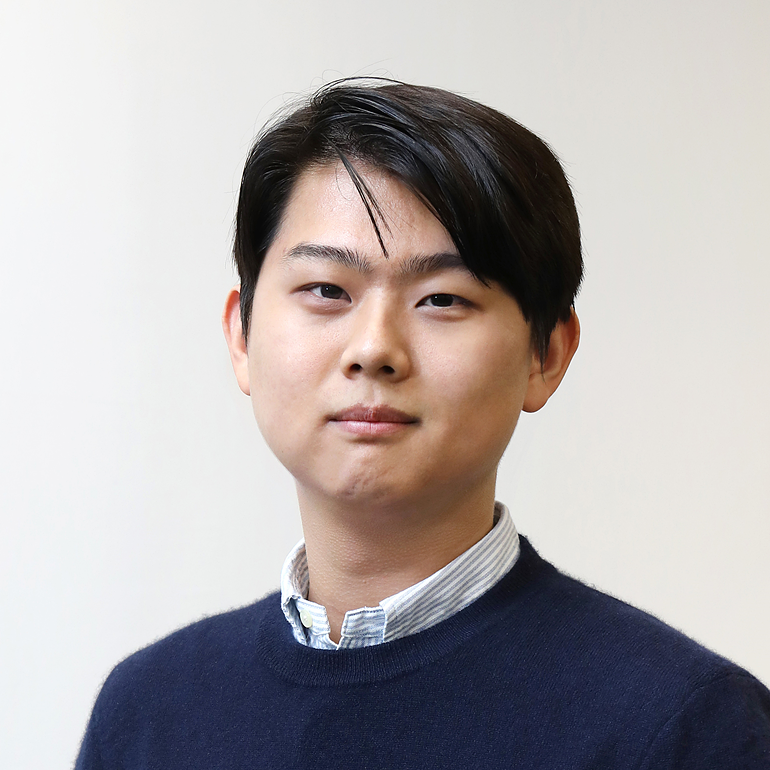'Godsaeng': nightlife-related businesses on decline, self-improvement emerges
Published: 05 Jul. 2024, 07:00
-

- CHO YONG-JUN
- cho.yongjun1@joongang.co.kr
![An empty street in Jongno District, central Seoul [YONHAP]](https://koreajoongangdaily.joins.com/data/photo/2024/07/05/a0e2cfe9-a843-43ef-b09e-3c59077ab63c.jpg)
An empty street in Jongno District, central Seoul [YONHAP]
The portmanteau of "god" in English and the Korean word for "life" refers to the act of living in a diligent and exemplary way, but the trend has not produced exemplary outcomes for establishments once favored for after-work outings.
The number of people running bars decreased by 33 percent this year, from 35,987 in 2018 to 23,965, while those operating noraebang saw an 18 percent decrease, down from 31,833 to 26,250, according to the statistics on the self-employed released by the National Tax Service on Monday.
Online shops, unsurprisingly, saw the steepest increase at 218 percent, from 195,073 in 2018 to 620,200 in April 2024, a result of “constant growth in online platforms and the increase of the 'untact' economy that sees a downward trend in offline stores,” according to the National Tax Service, referring to the increase in no-contact commerce.
“We’ve had a 20 percent decrease in revenue compared to pre-pandemic times,” said Lee Jae-in from the Korea Coin Noraebang Association. “The economy is not good and company dinner cultures have been in decline, so everyone goes back home after 10 p.m.”
Instead of drinking and singing after work, people are spending more time and money on self-improvement.
In particular, Koreans spent a whopping 815 percent more on tennis last year than they did in 2019, while Pilates and traditional gyms, too, saw a 47 percent and 37 percent increase in 2019, respectively, according to a trend report released by Shinhan Card’s Big Data Research Center in June.
The increased popularity in health and well-being is not just a trend popular amongst the younger generation. While the rise of tennis and gyms was largely attributed to increased traction among those in their 20s and 30s, the growth in Pilates was largely led by people in their 40s and 50s. Indoor golf simulators, too, saw a 93 percent rise in the number of people running their own businesses since 2018.
“The trend of an aging society has intensified over the years and that resulted in an increase” in self-care activities, according to Lim Kyung-eun, a senior official at Statistics Korea.
Skincare businesses also saw a 115 percent rise compared to 2018, climbing from 30,130 to 64,716 in the sector.
But beauty is more than skin deep, as Koreans are investing in more than just their appearances but also their mental health. There has been a steady increase in the access of psychological counseling since 2019 and money spent on psychiatric clinics increased by 167 percent over 2019, according to the Shinhan data.
Increased spending on psychiatric clinics was seen across all age groups, with a 128 percent increase for those in their 20s and a 208 percent increase for 30-somethings followed by 172 percent and 158 percent increases among those in their 40s and 50s.
“The interest in a healthy lifestyle is no longer limited to weight loss and dieting,” Shinhan Card’s Big Data Research Center said. “There now is a tendency to assess one’s health in more detail to take better management in health.”
Intensified drops in the already-low marriage rate and birthrate in recent years have also impacted related businesses. The number of wedding halls fell 30 percent, going from 1,019 in 2018 down to 714 this year, followed by a 35 percent decrease in study cafes, reflecting the decrease in the number of students in the country.
The number of students came to 7.3 million last year, a drop of 2 million from 9.39 million in 2013, and it is projected to drop significantly in a decade to 5.25 million, which will have a “negative impact” on businesses over time, according to Kim Moon-tae at the Hana Bank’s Institute of Finance.
BY YI WOO-LIM [cho.yongjun1@joongang.co.kr]










with the Korea JoongAng Daily
To write comments, please log in to one of the accounts.
Standards Board Policy (0/250자)